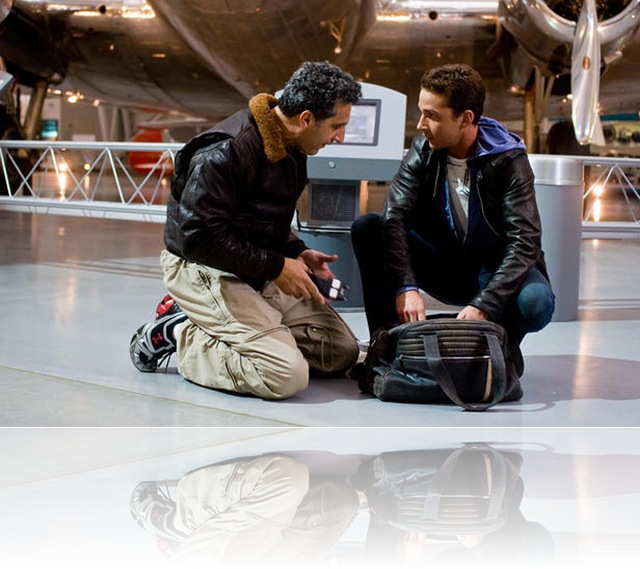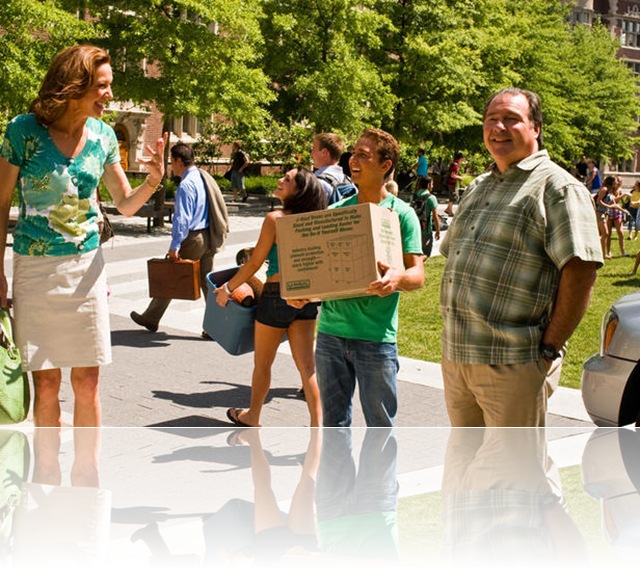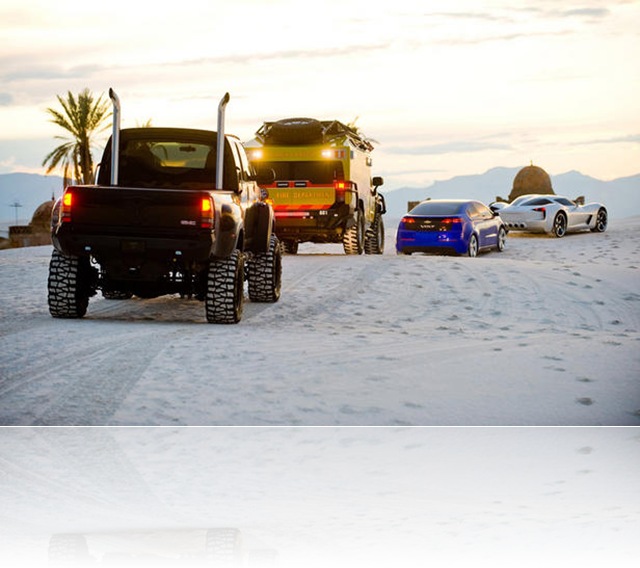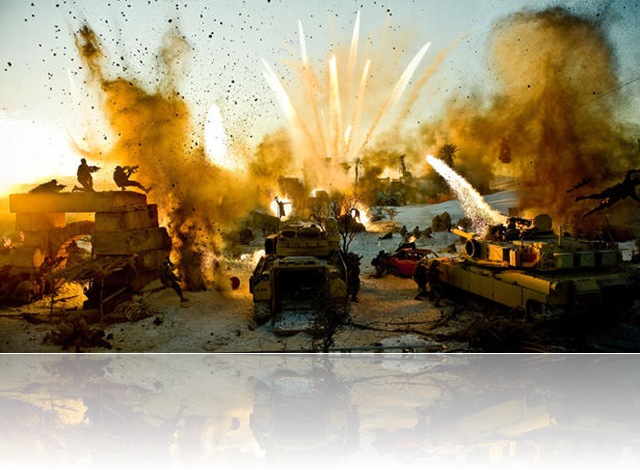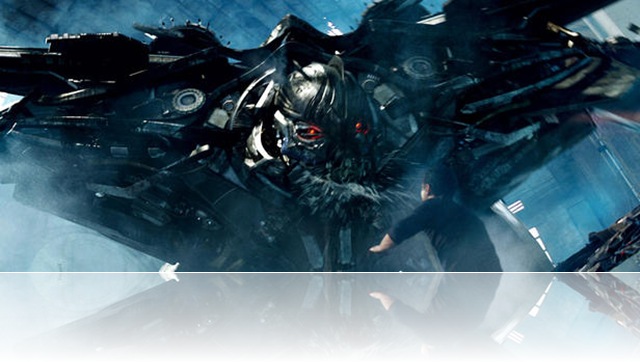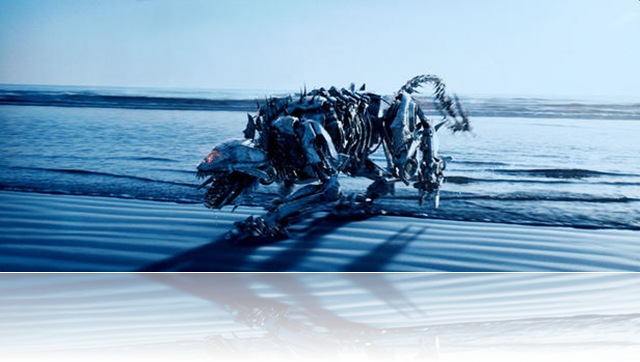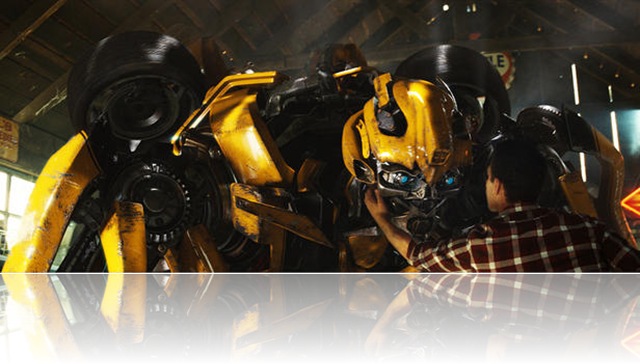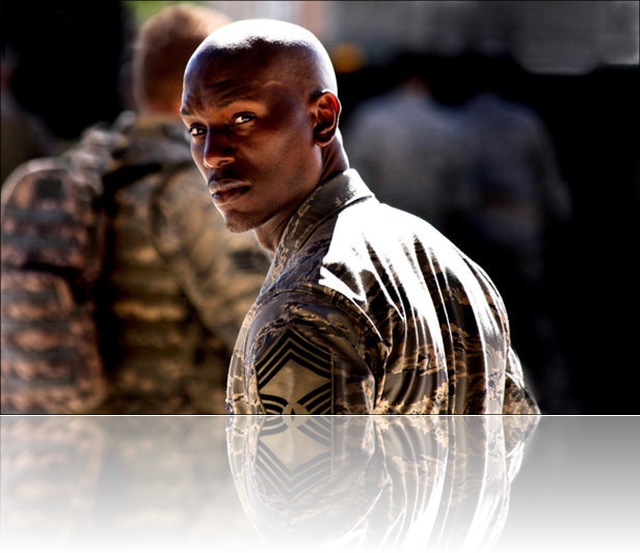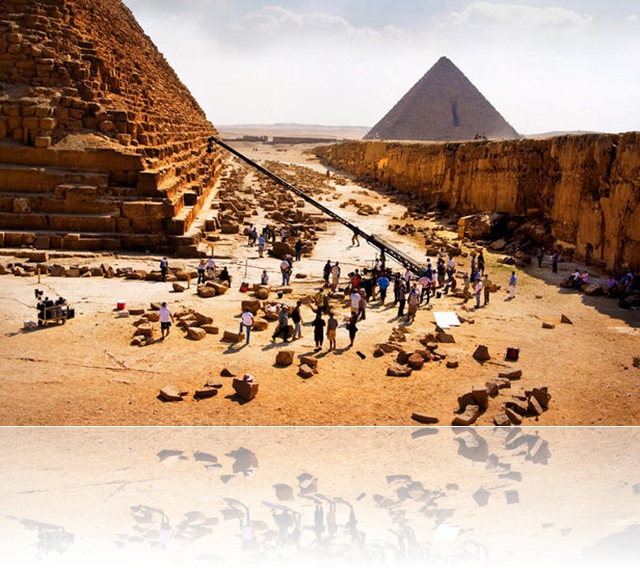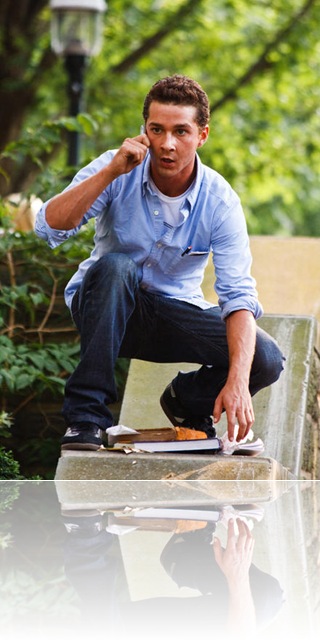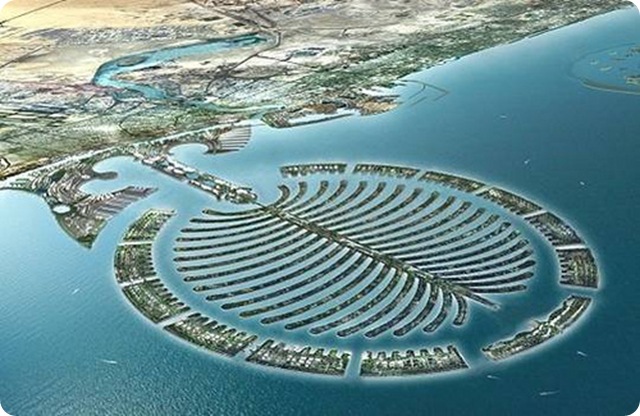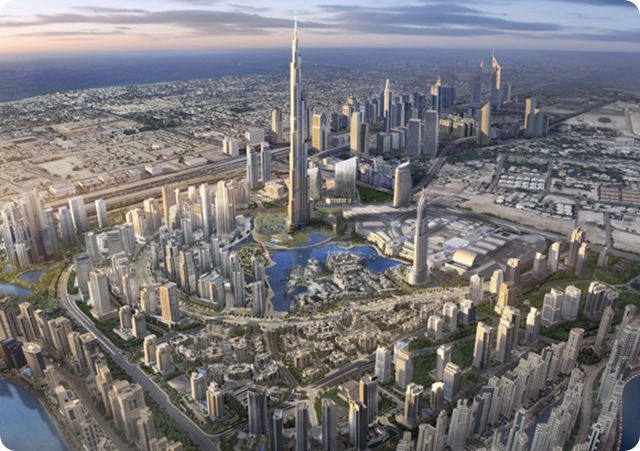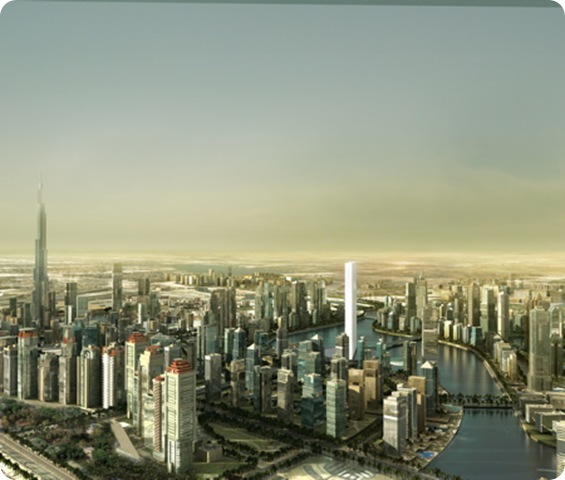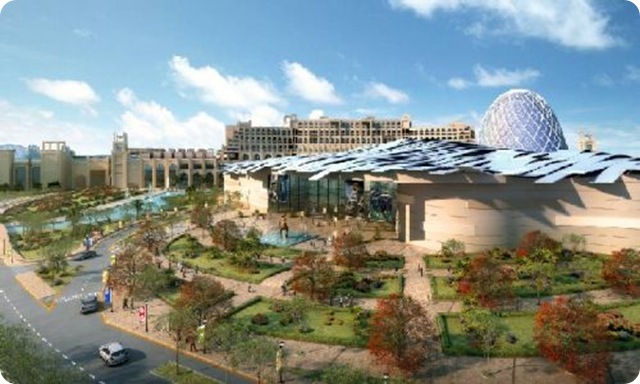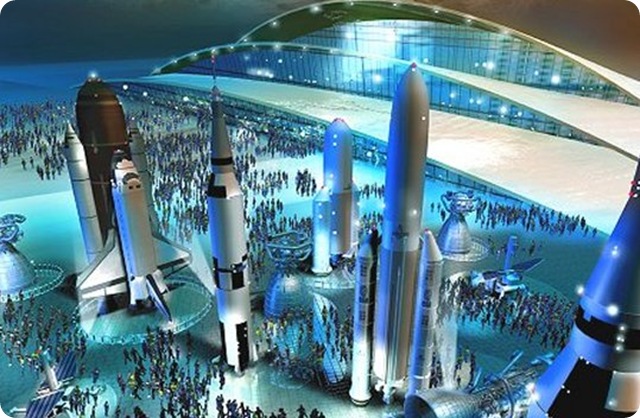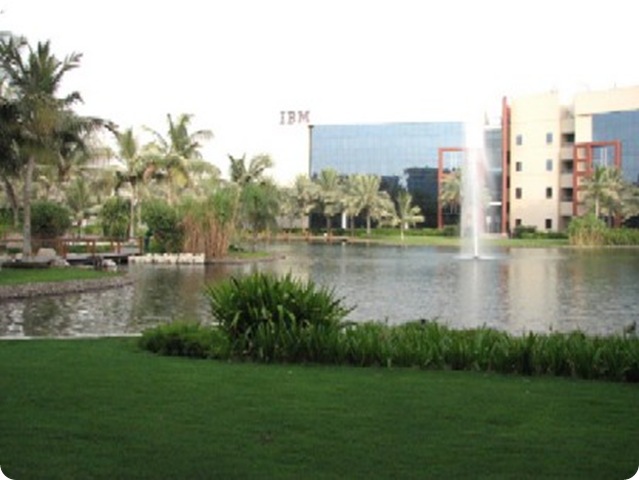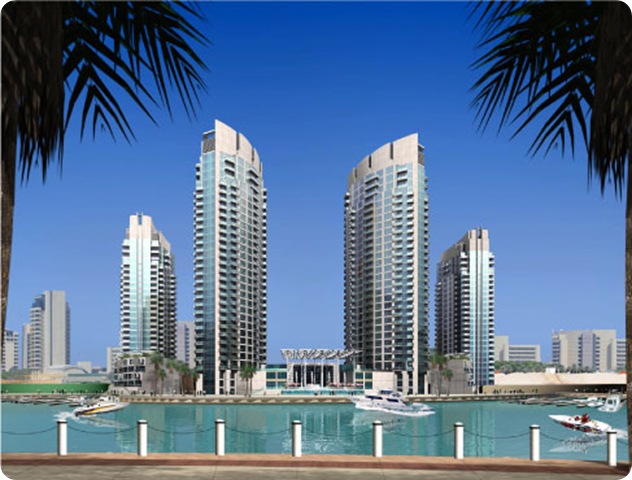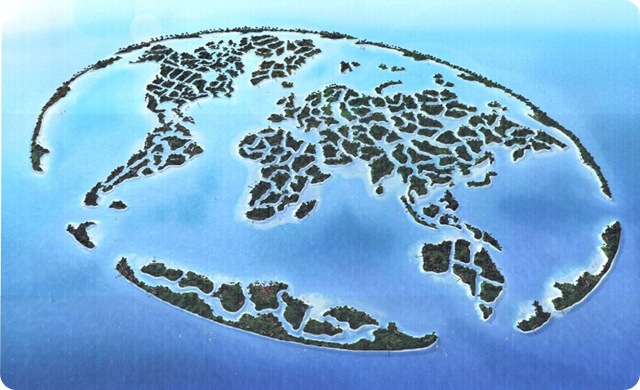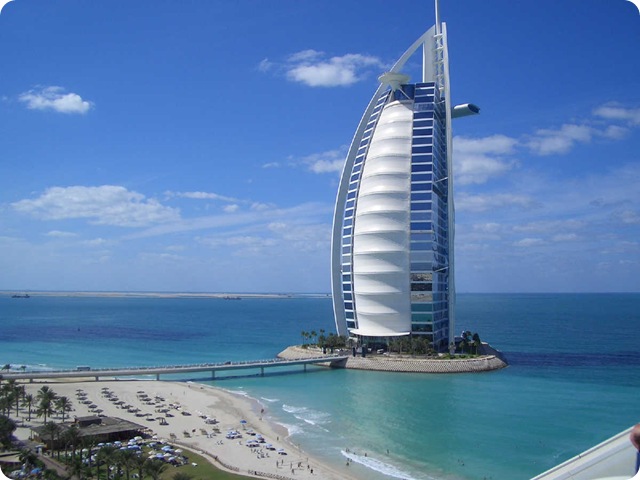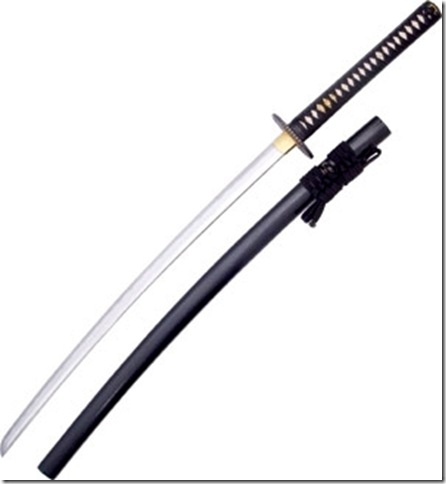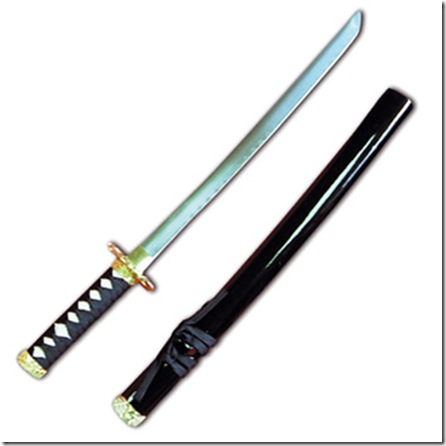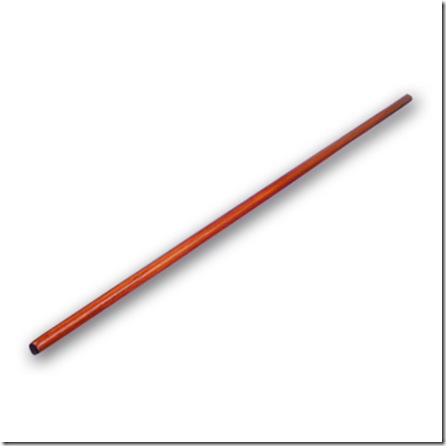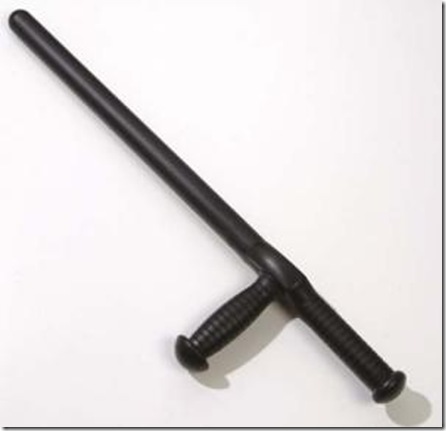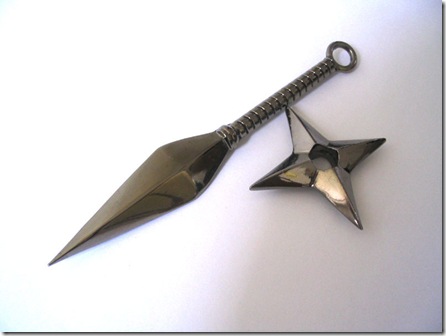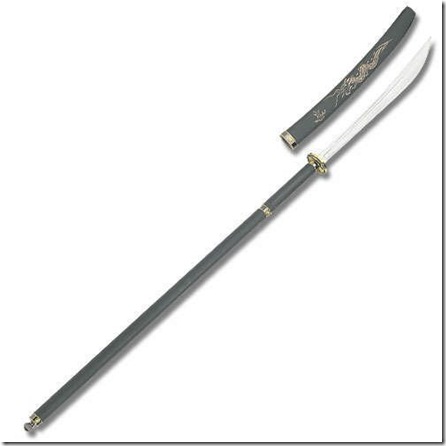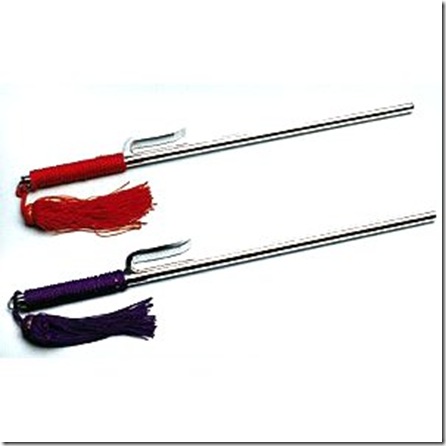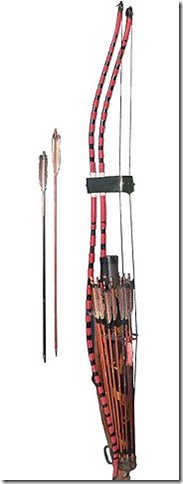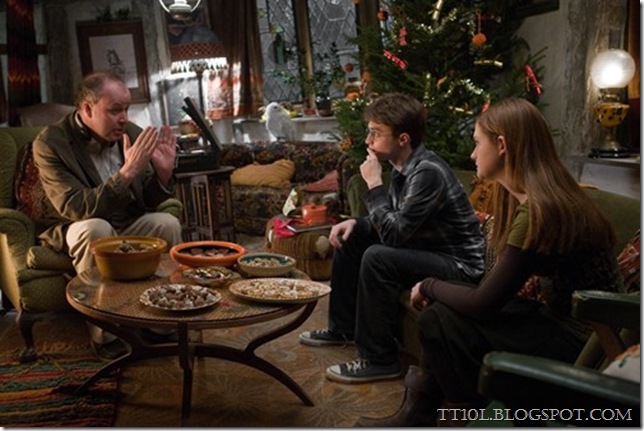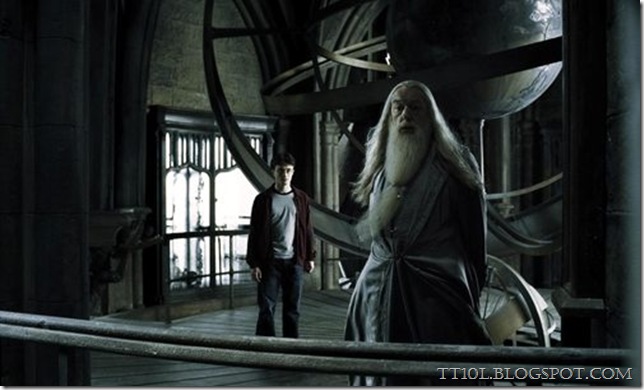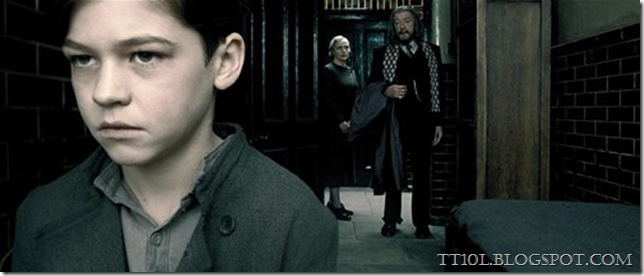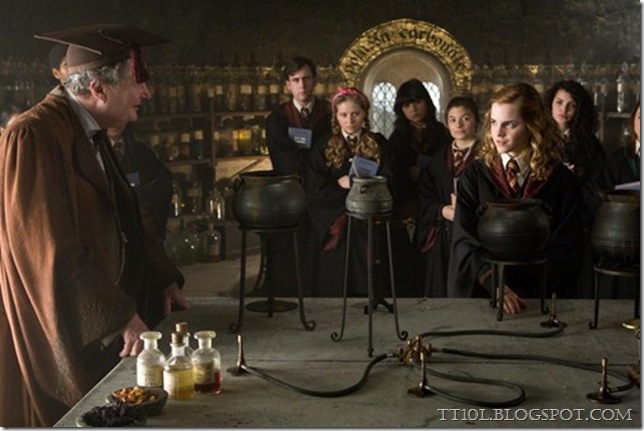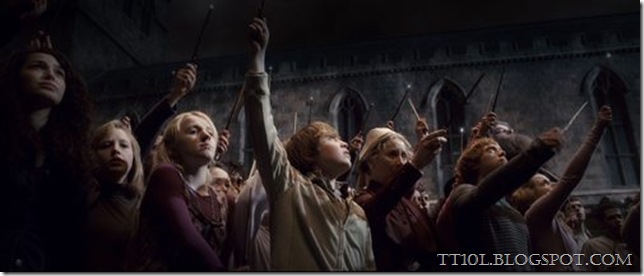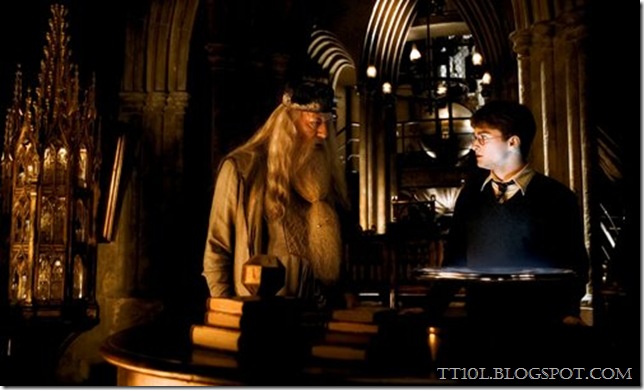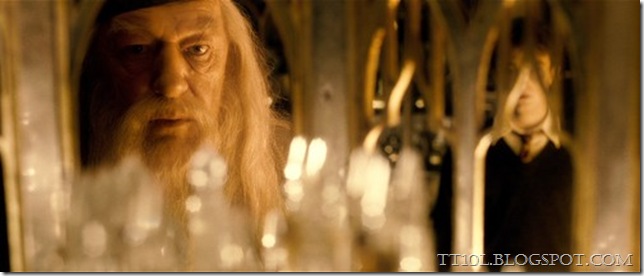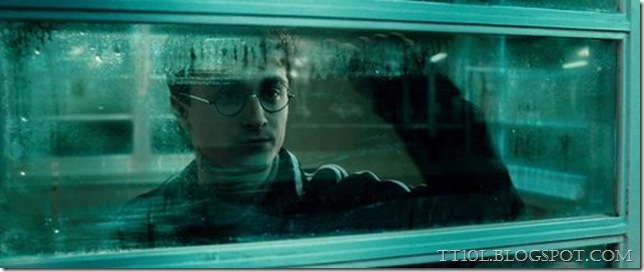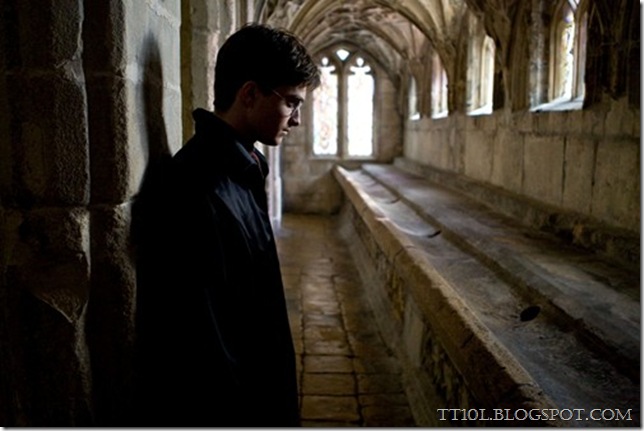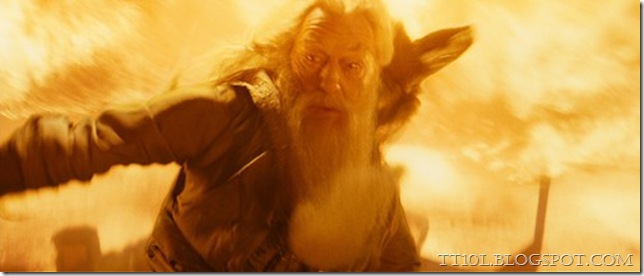10. Sultan Qaboos University

Sultan Qaboos University is the realization of the promise announced by His. Majesty Sultan Qaboos Bin Said during the 10th anniversary of Oman’s National Day in 1980. Construction started in 1982 and the first Sultan Qaboos University students were enrolled in 1986. In accordance with the Royal Directives of His Majesty, The University commenced with five colleges; namely Medicine, Engineering, Agriculture, Education and Science. Furthermore the College of Arts was established in 1987, following the College of Commerce and Economics which was developed in 1993. The College of Law joined the University in 2006 and finally the College of Nursing was established in 2008.
The design and construction of the campus was carried out with great attention to the fulfillment of these objectives, with the overall appearance of the buildings carefully planned to accommodate the physical, intellectual, and spiritual needs of students, faculty and staff.
Set in a valley beneath the stark panorama of the nearby foothills of the Oman Mountains, the University is a tasteful array of buildings designed with arches and courtyards and constructed in white and pink sandstone in a manner that reflects traditional Omani and Islamic architecture. The University was constructed on an axis in the valley with one end aligned toward Mecca.
This axis line starts at the gates of entrance to the University, runs through the Administration Building with its massive Omani doors, and extends uninterrupted through the middle of the academic buildings to the University Mosque at the western end of the campus. The Mosque, with its large dome and minarets, is situated on the higher ground of the campus, and is visible from many points within and around the University.
During the design period, the University landscaping was carefully considered and the original plantings have since become verdant gardens and flower beds. The plantings include species, native to Oman and other Gulf regions, that grow and flourish in an arid environment. The landscaping provides shade from the sun, shelter against the wind, and splendid display of colour from flowers and foliage throughout the year.
The traditional Islamic separation of the genders is maintained in the architecture of the University. There is separate access to buildings through lower and upper walkways for men and women and separate seating in the classrooms.
Altogether, the campus portrays the rich heritage of Oman and Islam while incorporating all the efficiencies of modern life. The result is an educational and living environment which is both functional and attractive.
9. Higher Colleges of Technology
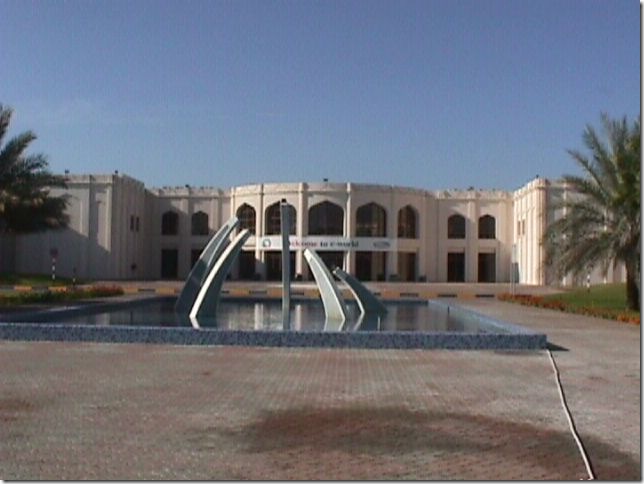
The Higher Colleges of Technology is the largest higher educational institution in the United Arab Emirates with the current enrolment exceeding 16,000 students, all UAE nationals.
Since the establishment of its four founding colleges in 1988, the Higher Colleges of Technology have become well respected for innovative learning in the United Arab Emirates. Across the UAE today, in the cities of Abu Dhabi, Al Ain, Dubai, Ras Al Khaimah, Sharjah, Fujairah and the western region of Madinat Zayed and Ruwais, the sixteen HCT men's and women's modern campuses offer an impressive range of programs - more than 80 programs at four different credential levels - Diploma, Higher Diploma, Bachelor and Masters. More than 10,000 of the current students are female.
The HCT celebrated its 20th year of operations in 2007 with many strategic new initiatives to further expand and enhance its operations in quality and in increasing access. HCT has awarded 36,516 credentials to 25,236 graduates in its first two decades. These graduates have gone into the UAE employment market, making a significant impact on sustainable economic and social development of the country.
8. Tehran University of Medical Science
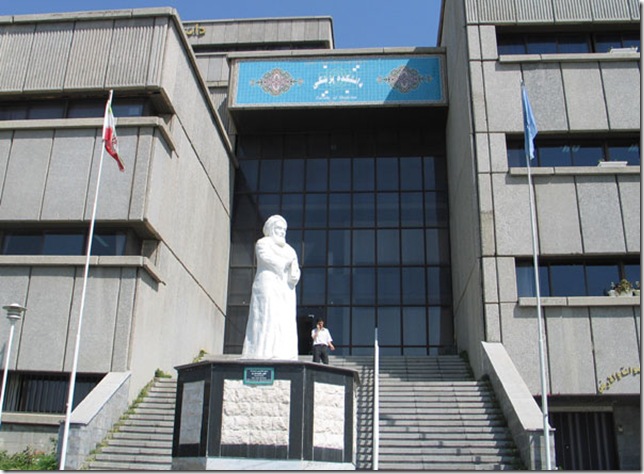
Tehran University of Medical Sciences (TUMS), is the largest and "most distinguished", and most highly ranked medical school of Iran. In september 2008 the health minister of Iran (Dr. Lankarani) called TUMS a pioneer in research throughout the country with a noticeable lead over counterparting universities.
Located in Tehran adjacent to the main University of Tehran campus, it was founded as part of Dar ol-Fonoon, and later absorbed into Tehran University in 1934.
It finally separated from Tehran University by parliamentary legislation in 1986.
TUMS today is ranked as one of Iran's top research universities, with an annual research budget of over 300 billion Rials from the government.
The school trains over 13,000 students (40% of which are women) in over 80 postgraduate programs.
The school operates 15 teaching hospitals, and is equipped with over 40 libraries, and publishes 26 journals.
Currently however, Tehran University of Medical Sciences publishes all its scientific research under the name "University of Tehran".
The university operates The National Museum of Medical Sciences History as well.
7. Al Quds University The Arab University in Jerusalem
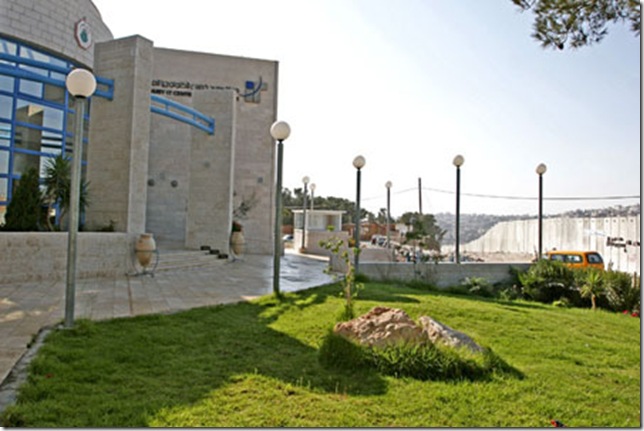
Al-Quds University (Arabic: جامعة القدس) is a Palestinian university in Jerusalem. It was founded in 1984, but its official constitution was written in 1993 when Mohammed Nusseibeh, its first Chancellor and Chancellor of the College of Science and Technology, announced its formation.
Its founding constituent colleges included the colleges of Science and Technology, Paramedical Sciences, Arts and Religious Studies. Its School of Medicine, associated with the city's Maqasid hospital, was the first college to be founded directly under the banner of Al-Quds in 1993, and is the first Palestinian medical school. Al-Quds is governed by a Board of Trustees. The founding board was headed by Mohammed Nusseibeh and included Grand Mufti of Jerusalem Sheikh Ikrema Sabri, Adnan al-Husayni, Saeb Erekat and others as members. The first president, Hatem Husseini was followed by the current acting president, Sari Nusseibeh.
The University, the only Arab University in Jerusalem, provides higher education and community services within the Jerusalem area and to the neighboring towns, villages and refugee camps in the West Bank.
It has ten academic faculties on four campuses: Arts, Science and Technology, Medicine, Dentistry, Public Health, Law, Qur'an and Islamic Studies, Health Professions, Engineering, and Jurisprudence. These faculties accommodate more than six thousand students from the Jerusalem area and from the districts of Bethlehem, Hebron, Jenin, Jericho, Nablus, Ramallah and Tulkarem. The university continues to deliver educational services and engage students in positive learning experiences, so that they may envision and hope for a better future. The University maintains two Jerusalem campuses and administrative offices in the American Colony and in Beit Hanina, though since the Second Intifada many classes have been moved to other campuses in Abu Dis. Other campuses operate in al-Bireh next to Ramallah and Tubas.
The university faces a major, unprecedented financial and operational crisis brought about by the dire economic and social situation presently prevailing in the area. Steady subsidies are not available, and the university is unable to charge its students full tuition fees commensurate with real costs. Recent contributions from Arab governments alleviated the crisis somewhat, enabling the university to pay a portion of the salaries of its 723 support staff employees and faculty members. This temporary, one-time assistance made it possible to re-start the present academic year.
6. Sharif University of Technology
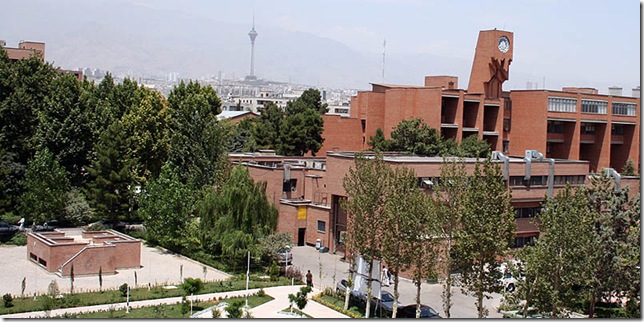
Sharif University of Technology (Persian: دانشگاه صنعتی شریف Dāneshgāh-e San'ati-ye Sharif) is a public university of technology, engineering and science in Iran. It is one of the most prominent science and engineering schools in the Middle East and in Iran. The university is located in Tarasht neighberhood of Tehran within the walking distance of Azadi Square, and has an international campus in Kish Island of Persian Gulf. The university is named after Majid Sharif Vaghefi, a former student who was killed in 1975.
Sharif University of Technology (SUT) provides both undergraduate and graduate programs in 14 main departments. The student body consists of 8000 undergraduate students and 1000 graduate students from all the 30 provinces. Funding for Sharif University is provided by the government, and in some part from investments of the industry. Undergraduate admission to Sharif is limited to the top 5% of students who pass the national entrance examination administered yearly by the Ministry of Culture and Higher Education. It was formerly named the Aryamehr University of Technology (Persian: دانشگاه صنعتی آریامهر Dāneshgāh-e San'ati-ye Āryāmehr).
5. Birzeit University Palestine
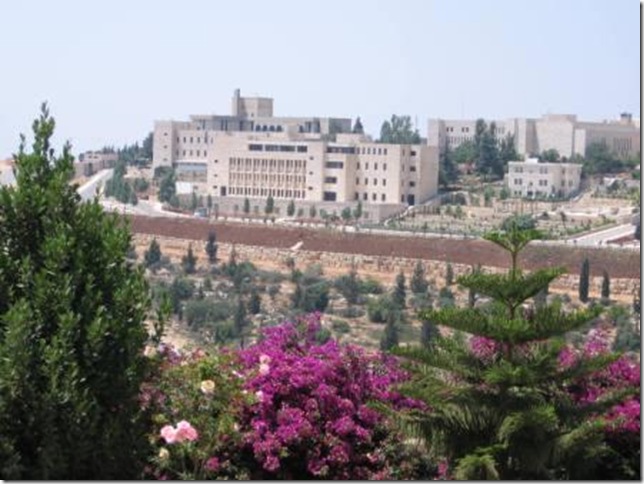
The institution was originally founded in 1924 by Nabiha Nasir as an elementary school for girls from Birzeit and the surrounding villages. It was one of the first schools in the area. In 1930, it became a co-educational secondary school, and in 1932 was renamed Birzeit Higher School.
In 1942, the name was changed to Birzeit College to be in harmony with its educational secondary level . In 1953, a freshman class was incorporated to Birzeit College, followed by a sophomore class in 1961.
BZU's official language is Arabic, though many courses are taught in English. The University follows a semester system, with two four-month semesters beginning in Autumn and Spring, and a shorter two-month semester in Summer.
4. United Arab Emirates University
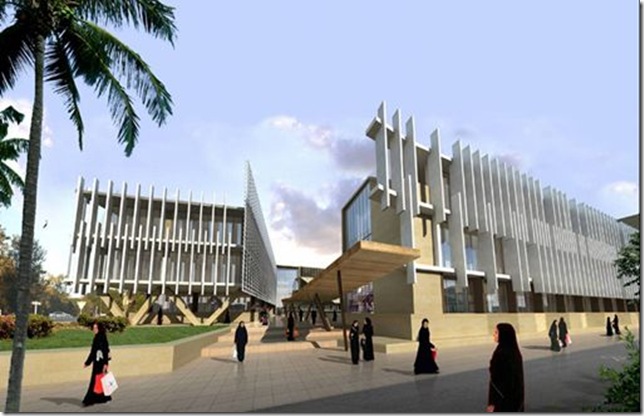
United Arab Emirates University (in Arabic:جامعة الإمارات العربية المتحدة) was established in 1976, and is the oldest of the three government-sponsored institutions of higher learning in the United Arab Emirates compared to the Higher Colleges of Technology and Zayed University. The university is located in Al Ain, United Arab Emirates.
3. American University of Beirut
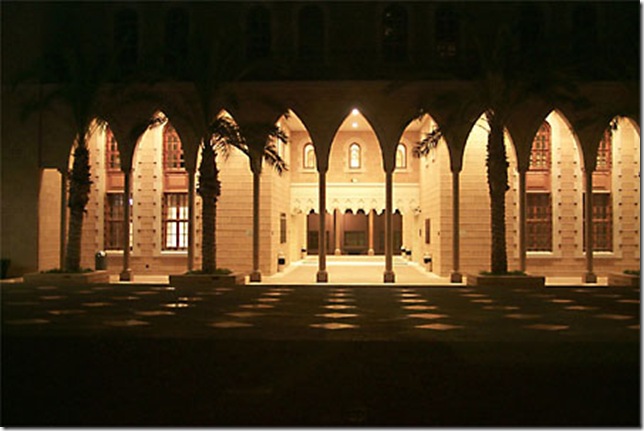
The American University of Beirut (AUB; Arabic: الجامعة الأميركية في بيروت) is a private, independent university in Beirut, Lebanon. It was founded as the Syrian Protestant College by American missionary Daniel Bliss in 1866. The name was changed to the American University of Beirut on November 18, 1920. The university is popularly known as AUB.
Although AUB’s student body is primarily Lebanese, almost one-fifth of its students attended secondary school or university outside of Lebanon before coming to AUB.
AUB launched its YouTube Educational Channel in February 2008, following in the footsteps of universities such as UC Berkeley and MIT AUB Channel.
On March 21, 2008, the Board of Trustees selected Peter Dorman to be AUB's 15th president. He succeeded Dr. John Waterbury who was president of AUB from 1998 to 2008. Dr. Dorman is an international scholar in the field of Egyptology and formerly chaired the University of Chicago's Department of Near Eastern Languages and Civilizations.
In June 2006, the number of degrees and diplomas awarded since June 1870 totaled 72,838.
2. University of Tehran

The University of Tehran (Persian: دانشگاه تهران), also known as Tehran University and UT, is the oldest and largest university of Iran. Its library is the largest in country. It is referred to (nicknamed) as "The mother university of Iran" (Persian: دانشگاه مادر). Important seminars are frequently held in this university. Located in Tehran, the university is among the most prestigious in Iran and the Middle East, and among the first options of applicants in the annual nationwide entrance exam for top Iranian universities. The school also admits students from all over the world and is known for its wide-ranging fields of research. UT offers 116 bachelor degree programs, 160 masters degree programs, and 120 Ph.D. degree programs.
The adjacent Tehran University of Medical Sciences, although administratively separate, shares the same main campus, and publishes all its scientific research under the name "University of Tehran".
1. King Fahd University of Petroleum and Mineral

King Fahd University of Petroleum and Minerals (KFUPM or UPM) (Arabic: جامعة الملك فهد للبترول و المعادن Ǧāmaʿat al-Malik Fahd Lilbetrūl wa al-Maʿādin - short:(جامعة البترول Ǧāmaʿat al-Betrūl) is a public university in Dhahran, Saudi Arabia. It was established on 23 September 1963 by a Saudi Royal Decree as the "College of Petroleum and Minerals," providing high-level education about two of the most valuable natural resources in Saudi Arabia. It was given university status in 1975.
Sources: Wiki
